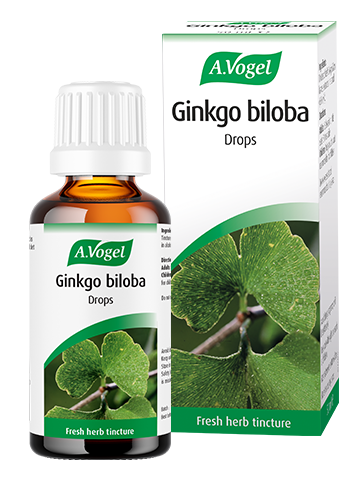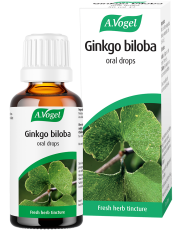How does cold weather affect your circulation?
Your circulation and blood pressure can change throughout the day, depending on your activity levels, sitting position and even the weather. If you spend time outside in the cold weather, naturally your body will react in order to protect itself. In cold weather, your blood vessels will constrict which means that blood flow is restricted and your heart has to work harder to pump blood around the body. As a result, your blood pressure and heart rate can increase and your circulation can become slowed down.
Why do my fingers go numb when cold?
When you find yourself in cold surroundings, your body will try to conserve heat by drawing blood away from the surface of your skin. By constricting the blood vessels leading to your extremities, your body directs the warm blood towards the centre of your body, where your vital organs are the main focus. This keeps your body warm, but can leave you with numb fingers and toes!
As the blood drains from your capillaries, your fingers can feel numb and they may become pale. To avoid this happening, you can wear gloves if you’re spending time outside in the cold; once you get back into the warm, your fingers should return to normal as your blood vessels open up again and the blood starts to flow to your fingertips.

What is Raynaud's syndrome?
It shouldn’t be cause for concern if your fingers feel slightly numb when it’s very cold. However, if you find that this happens to your fingers often, and when the weather is relatively mild, then it could be a sign that you have Raynaud’s syndrome.
Raynaud’s is essentially an over-reaction to cold, where the blood vessels narrow more than is necessary when the body is exposed to a reduction in temperature. As a result, the blood supply to the hands and feet can be drastically reduced. With Raynaud’s, the hands can also feel numb and turn white as the blood supply is decreased. Those who suffer from Raynaud’s can experience a great deal of pain as blood enters the hands and feet again. The fingers can turn from red, to white, to blue as the oxygen supply runs out – then back to red when things return to normal.
A few tips to help with symptoms of Raynaud’s:
- Avoid sudden temperature changes
- Dress with hat, gloves and scarf even if the temperature isn’t in the minuses
- Avoid smoking
- Avoid stress
- Get your blood pressure checked.
Raynaud’s syndrome can also be caused be a secondary condition, usually an autoimmune disorder such as rheumatoid arthritis. If you experience these symptoms often, you should consult your doctor to identify any potential underlying conditions.
Why do my joints ache when it's cold?
Another common complaint in winter is achy joints, which can also be related to your body’s circulatory response to the cold weather. When the blood vessels constrict, this can also stop blood from flowing to the muscles and tendons in your arms and legs. As a result, these tissues are deprived of oxygen and the soft tissue around your joints can become less pliable, feeling tight and stiff - hence the aches and pains often reported during the winter months.
If you are used to exercising outdoors, this can really hinder your routine as you become more prone to suffering from strains and sprains if your muscles and joints are less flexible. One solution would be to exercise indoors if possible or, if that’s not an option, make sure to wear plenty of layers which can be added or removed as you exercise.
It’s best not to forego exercise altogether during colder months, as this is a great way to stimulate your circulation. Exercising will pump oxygen towards and remove toxins from those sore areas. If you want to read more about exercising in winter, click here.
Along with exercise, massage is a great way to improve circulation. Click here to read my blog on how massage therapy can help to boost your circulation, while allowing you the perfect opportunity to relax at the same time! For more tips on easing the effects of cold weather on achy joints, click here.

Does cold weather make circulation worse?
As I’ve mentioned, cold weather can slow down the rate at which blood is pumped around your body as arteries and blood vessels become constricted in response to cold. However, by following good habits in winter we can keep our blood pumping properly and maintain good circulation.
How can I improve my circulation in winter?
Sometimes, when the weather is cold and miserable, the last thing on your mind is exercise. However, it’s important to stay active and keep moving as we know this will improve our circulation, as well as keep us warm! There are easy exercises that can be done at home, such as this resistant band workout, or you can wrap up warm and take a walk outside.
Speaking of wrapping up warm, this is another important habit you should get into during colder months. If you suffer from poor circulation – especially Raynaud’s syndrome – make sure to wear a hat, scarf and gloves if it’s cold outside. And if temperatures drop to zero or below, add in some thermal underwear, especially if you’re spending a lot of time outdoors. You can always remove these extra layers once you get to work; staying warm should be top of your list of priorities.

Drinking plenty of water is a habit that should continue all year round! When winter rolls around, bringing the cold weather with it, we might be tempted to reach for copious amounts of tea, coffee and hot chocolate to keep ourselves warm and cosy; drinking a cold glass of water might not seem so appealing. However, if you keep yourself hydrated, it will dilute your blood and improve blood flow. If you need some extra motivation to drink water, try opting for some warm water and infusing it with fresh fruit.
Finally, you should opt for a circulation-boosting diet: blackberries, for example, promote new blood cell formation and contain antioxidants which can decrease high blood pressure and improve blood flow. Why not try stewing blackberries to add a warm, comforting element to your breakfast on cold mornings? Click here to read my blog ’10 superfoods to promote circulation’ for more ideas!





 Ginkgo biloba is traditionally used for cold hands and feet cause by poor circulation. Try taking 15 drops in a little water, 3 times a day; it can take 4-5 weeks to show benefit and can be taken for as long as you need.
Ginkgo biloba is traditionally used for cold hands and feet cause by poor circulation. Try taking 15 drops in a little water, 3 times a day; it can take 4-5 weeks to show benefit and can be taken for as long as you need. 


